Zirconium(2+) chloride (1:2)

Zirconium(2+) chloride (1:2) structure
|
Common Name | Zirconium(2+) chloride (1:2) | ||
|---|---|---|---|---|
| CAS Number | 10026-11-6 | Molecular Weight | 233.04 | |
| Density | 2.8 | Boiling Point | 331°C | |
| Molecular Formula | Cl4Zr | Melting Point | 437ºC | |
| MSDS | Chinese USA | Flash Point | N/A | |
| Symbol |

GHS05 |
Signal Word | Danger | |
| Name | zirconium tetrachloride |
|---|---|
| Synonym | More Synonyms |
| Density | 2.8 |
|---|---|
| Boiling Point | 331°C |
| Melting Point | 437ºC |
| Molecular Formula | Cl4Zr |
| Molecular Weight | 233.04 |
| Exact Mass | 319.684814 |
| LogP | 2.75800 |
| Vapour Pressure | 1 mm Hg ( 190 °C) |
| InChIKey | DUNKXUFBGCUVQW-UHFFFAOYSA-J |
| SMILES | Cl[Zr](Cl)(Cl)Cl |
CHEMICAL IDENTIFICATION
HEALTH HAZARD DATAACUTE TOXICITY DATA
|
| Symbol |

GHS05 |
|---|---|
| Signal Word | Danger |
| Hazard Statements | H290-H314 |
| Supplemental HS | Corrosive to the respiratory tract., Reacts violently with water. |
| Precautionary Statements | P280-P305 + P351 + P338-P310 |
| Personal Protective Equipment | Eyeshields;Faceshields;full-face particle respirator type N100 (US);Gloves;respirator cartridge type N100 (US);type P1 (EN143) respirator filter;type P3 (EN 143) respirator cartridges |
| Hazard Codes | C:Corrosive |
| Risk Phrases | R14;R22;R34 |
| Safety Phrases | S8-S26-S36/37/39-S45 |
| RIDADR | UN 2503 |
| WGK Germany | 3 |
| RTECS | ZH7175000 |
| Packaging Group | III |
| Hazard Class | 8 |
| HS Code | 2827399000 |
| Precursor 10 | |
|---|---|
| DownStream 10 | |
| HS Code | 2827399000 |
|---|
|
Design of Zeolitic Imidazolate Framework Derived Nitrogen-Doped Nanoporous Carbons Containing Metal Species for Carbon Dioxide Fixation Reactions.
ChemSusChem 8 , 3905-12, (2015) Various N-doped nanoporous carbons containing metal species were prepared by direct thermal conversion of zeolitic imidazolate frameworks (ZIFs; ZIF-7, -8, -9, and -67) at different temperatures (600,... |
|
|
Zirconium ions up-regulate the BMP/SMAD signaling pathway and promote the proliferation and differentiation of human osteoblasts.
PLoS ONE 10(1) , e0113426, (2015) Zirconium (Zr) is an element commonly used in dental and orthopedic implants either as zirconia (ZrO2) or in metal alloys. It can also be incorporated into calcium silicate-based ceramics. However, th... |
|
|
Ordered, mesoporous metal phosphonate materials with microporous crystalline walls for selective separation techniques.
Small 7(13) , 1827-37, (2011) Ordered, hexagonal, mesoporous metal (Ti, Zr, V, Al)-phosphonate materials with microporous crystalline walls are synthesized through a microwave-assisted procedure by using triblock copolymer F127 as... |
| MFCD00011306 |
| Zirconium(IV) chloride |
| Zirconium(2+) chloride (1:2) |
| Zirconium tetrachloride |
| EINECS 233-058-2 |
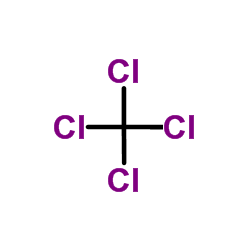 CAS#:56-23-5
CAS#:56-23-5 CAS#:7440-67-7
CAS#:7440-67-7 CAS#:7782-50-5
CAS#:7782-50-5 CAS#:10025-67-9
CAS#:10025-67-9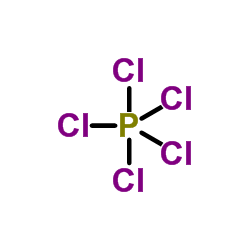 CAS#:10026-13-8
CAS#:10026-13-8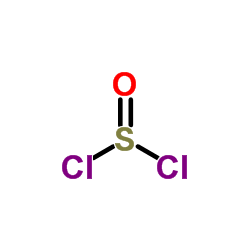 CAS#:7719-09-7
CAS#:7719-09-7 CAS#:75-44-5
CAS#:75-44-5 CAS#:10294-34-5
CAS#:10294-34-5 CAS#:10241-03-9
CAS#:10241-03-9 CAS#:7446-70-0
CAS#:7446-70-0 CAS#:60938-59-2
CAS#:60938-59-2 CAS#:14536-19-7
CAS#:14536-19-7![[1-(9-fluorenyl)-2-(5,6-cyclopenta-2-methyl-1-indenyl)ethane]zirconium dichloride structure](https://image.chemsrc.com/caspic/409/224953-43-9.png) CAS#:224953-43-9
CAS#:224953-43-9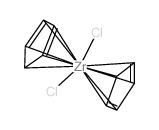 CAS#:1291-32-3
CAS#:1291-32-3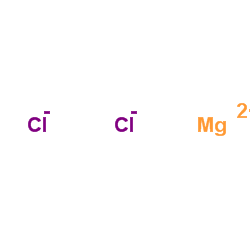 CAS#:7786-30-3
CAS#:7786-30-3 CAS#:21959-01-3
CAS#:21959-01-3 CAS#:86050-32-0
CAS#:86050-32-0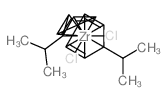 CAS#:58628-40-3
CAS#:58628-40-3 CAS#:73364-10-0
CAS#:73364-10-0
